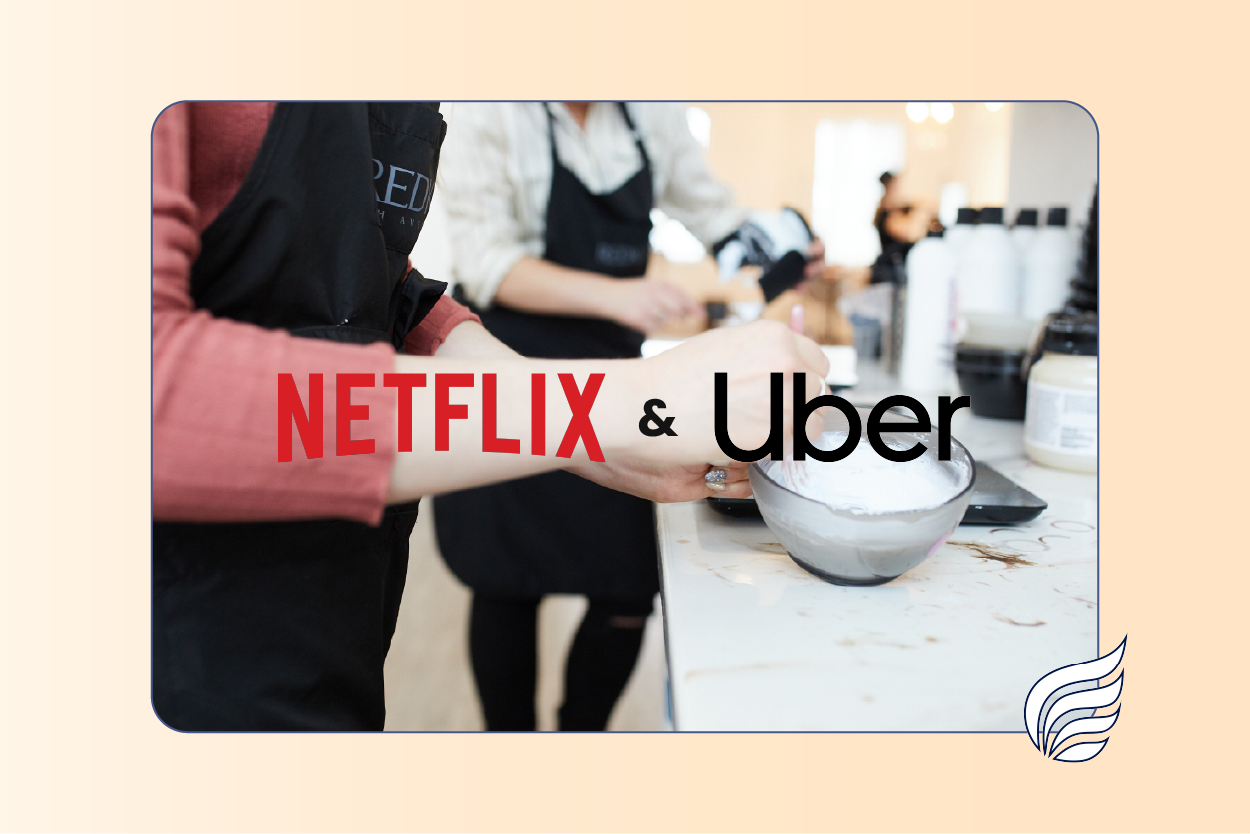THE SALONSCALE BLOG
EXPLORE THE LATEST TRENDS
AND INSIGHTS IN SALON MANAGEMENT
From expert tips and tricks to industry news and featured content, the SalonScale blog provides engaging content to help you optimize your backbar management and drive greater profitability.
our latest articles
Thank you! Your submission has been received!
Oops! Something went wrong while submitting the form.

5 Scripts to Confidently Explain Price Changes to Clients
Read More >>
Business Tips
Business Tips
Client Communications
Client Communications
Independent Stylists
Independent Stylists
Salon Management
Salon Management

No More Free Rides: Lessons From Uber & Netflix
Read More >>
Business Tips
Business Tips
Finance Tips
Finance Tips
Backbar Management
Backbar Management

How Canadian Salon Owners Can Protect Profit with Smarter Pricing
Read More >>
Backbar Management
Backbar Management
Business Tips
Business Tips
Finance Tips
Finance Tips
-05.png)
What Does Your Salon Actually Cost You?
Read More >>
Business Tips
Business Tips
Backbar Management
Backbar Management
Finance Tips
Finance Tips
Salon Management
Salon Management
-09.jpg)
The Smart Way to Price Your Services
Read More >>
Backbar Management
Backbar Management
SALONSCALE RESOURCE
CENTER
NEED SOME HELP?
VISIT OUR SUPPORT CENTER TO ACCESS VIDEO TUTORIALS AND GUIDES, OR FEEL FREE TO REACH OUT


-02.png)
-10.jpg)

.svg)
.svg)


.svg)




